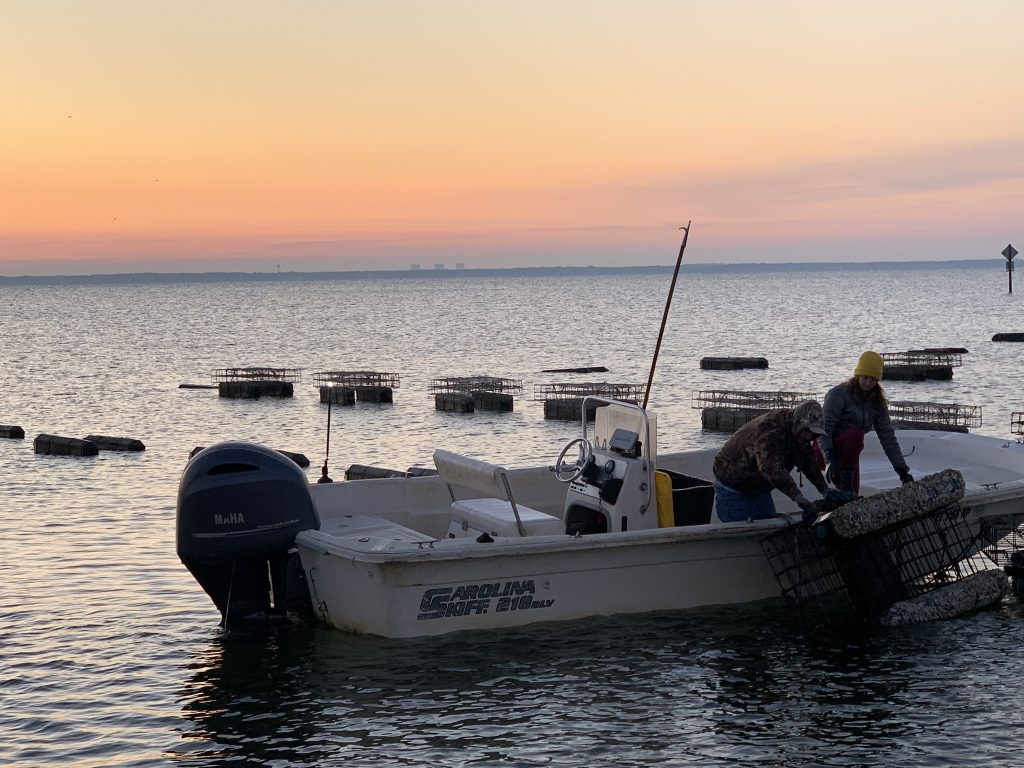As we mentioned in the last article, aquaculture is the practice of cultivating aquatic organisms such as fish, shellfish, and aquatic plants. Aquaculture has deep roots in the United States, evolving from small-scale pond operations into a vital industry supporting food production, conservation, and economic growth.
The history of aquaculture in the U.S. dates back to the 19th century. In 1871, the U.S. Congress established the U.S. Commission of Fish and Fisheries (later part of the U.S. Fish and Wildlife Service) to investigate declining fish stocks and promote fish culture as a means of population enhancement. Early efforts focused on freshwater species such as brook trout and Atlantic salmon. Hatcheries were built to breed and release young fish into rivers and lakes, primarily for stock enhancement rather than commercial production.
Throughout the early 20th century, aquaculture in the U.S. remained largely limited to public hatcheries. However, interest grew in farming species for food as global demand for seafood rose and wild fish stocks declined. By the 1960s and 1970s, technological advancements and growing scientific understanding helped shift aquaculture toward more commercial operations. Tilapia, catfish, and trout became prominent freshwater species cultivated for food. One of the earliest large-scale successes in U.S. aquaculture was the channel catfish industry in the southern states, particularly Mississippi. With ideal conditions and support from land-grant universities (extension), catfish farming expanded rapidly in the 1970s and 1980s, becoming a major contributor to U.S. aquaculture production. Simultaneously, research into saltwater aquaculture gained traction, with species such as oysters, clams, and mussels cultivated along the Atlantic, Gulf, and Pacific coasts.
In the 1980s and 1990s, the U.S. aquaculture industry continued to diversify. Marine finfish like striped bass, cobia, and salmon began to be farmed, though marine aquaculture in the U.S. has grown more slowly than in other countries due to regulatory, environmental, and spatial challenges. Despite these hurdles, shellfish aquaculture (especially oysters) has thrived in many coastal states, supported by improved hatchery technology and restoration efforts.
Here in the Florida Panhandle, we have many examples of aquaculture, ranging from baitfish and shrimp to oysters and clams. Oyster farming might be the most recognizable operation, but there are other inland aquaculture operations that often go unnoticed. For example, the Blackwater Hatchery situated in Blackwater State Forest spawns and releases striped bass for stock enhancement purposes, and there is an inland shrimp farm in Gulf Shores, Alabama, where Auburn University performs valuable research on proper shrimp husbandry techniques.
Modern U.S. aquaculture continues to evolve with a focus on sustainability, innovation, and resilience. Advances in recirculating aquaculture systems (RAS), offshore farming, and integrated multi-trophic aquaculture (IMTA) aim to reduce environmental impacts while increasing efficiency. The federal government and several states have also launched initiatives to support responsible aquaculture growth to help meet the increasing demand for domestic seafood.
Today, aquaculture in the United States plays a multifaceted role. It contributes to sustainable seafood supply, supports habitat restoration, and even aids in scientific research and education. According to the National Oceanic and Atmospheric Administration (NOAA), U.S. aquaculture production is valued at over $1.5 billion annually, with shellfish accounting for a significant portion of that value.
From its humble origins in fish hatcheries to its current role in food security and environmental stewardship, aquaculture has become an essential part of America’s blue economy. As the industry moves forward, balancing productivity with environmental care remains at the heart of its future.
- Aquaculture in the Southern United States: Part 4-Louisiana & Mississippi - October 29, 2025
- Aquaculture in the Southern United States: Part 3 – Florida and Georgia - September 8, 2025
- Aquaculture in the Southern United States: Part 2 – Alabama & Arkansas - August 25, 2025



